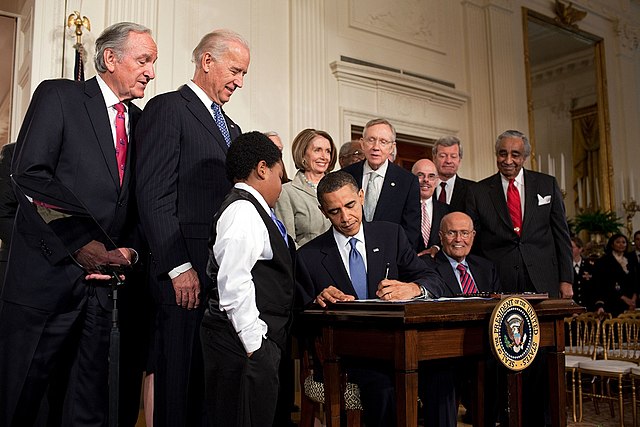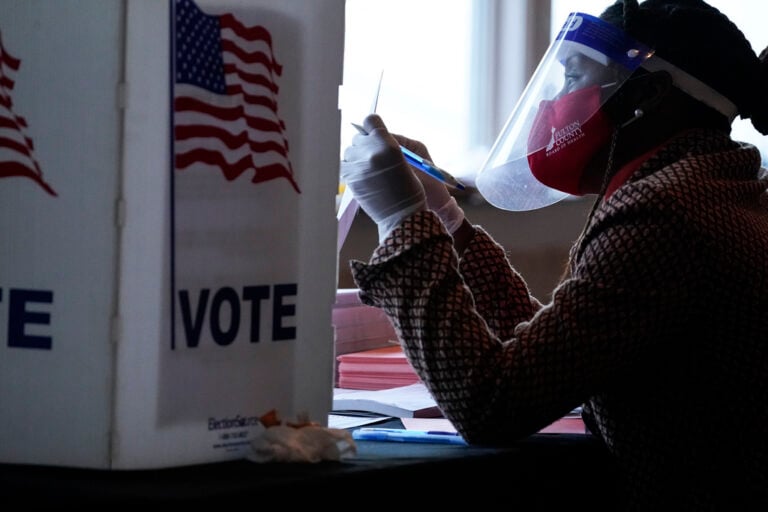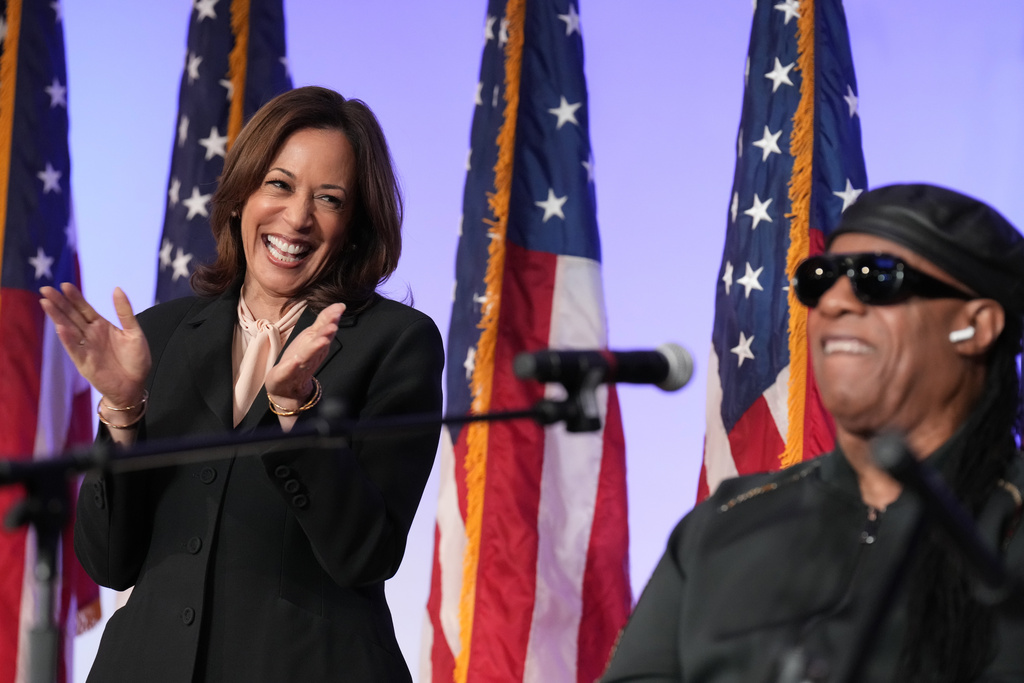Americans will cast roughly 160 million ballots by the time Election Day comes to a close — in several different ways, including many submitted a few weeks before polls even open.
They will choose a president, members of Congress and thousands of state lawmakers, city council members, attorneys general, secretaries of state — and in Texas, a railroad commissioner who has nothing to do with the trains.
This year’s election also comes at a moment in the nation’s history when the very basics of how America votes are being challenged as never before by disinformation and distrust.
It can be tough to make sense of it all. To help better understand the way America picks its president and its leaders — all the way down the ballot — The Associated Press offers the following thoughts on the Top 25 people, places, races, dates and things to know about Election Day. A guidebook, of sorts, to American democracy as it nears its 250th birthday.
No. 1: Donald Trump & Kamala Harris
It’s said that every presidential election makes history. Perhaps. But while some are destined to be included in the history books, others become the subject of books all of their own. Put 2024 down to get a whole shelf at the library. Will Americans choose to return Donald Trump to the White House, electing a former president to a new term for only the second time — and picking for the first time a convicted felon to sit behind the Resolute Desk? Or will voters decide Kamala Harris ought to be the nation’s first woman to take up office in the Oval Office, a candidate who didn’t win a single primary yet landed at the top of her party’s ticket by acclamation. No list of the Top 25 things to know about this year’s general election can begin without an acknowledgment that no matter who America chooses, Trump and Harris will make history this Election Day. (Or a few days later.)
No. 2: Elon Musk
There might not be anyone as all-in on returning Trump to the White House as Elon Musk, the world’s richest person. “President Trump must win to preserve the Constitution. He must win to preserve democracy in America,” the founder of SpaceX and Tesla told a rally crowd in early October when Trump returned to the site of his first attempted assassination in Pennsylvania. Along with his unfathomable personal wealth, Musk’s ownership of X, formally known as Twitter, gives him an unprecedented ability to try and convince voters of his belief that electing Trump is a “must-win situation.” Musk is spending heavily on get-out-the-vote efforts and using his perch as X’s CEO to amplify misinformation and push into millions of timelines his argument that the country will not survive should Kamala Harris win the White House. It’s a foreboding message that seems to get bleaker by the day – and Musk knows it. “As you can see, I am not just MAGA,” he told Trump’s backers from the rally stage. “I am Dark MAGA.”
No. 3: Jotaka Eaddy
No. 4: Garrett Archer
Now that how a ballot is cast is as much of a red/blue choice as the candidate getting the vote, figuring out who will win a close election often depends on knowing the kind of ballots left to be counted. Garrett Archer, a former analyst at the Arizona Secretary of State’s office who is now a data journalist, was one of the first of Twitter’s election seers to understand how nit-picky those details can be. Were the advance votes still to be counted cast in person, mailed or left at a drop box? How soon before Election Day did those mail ballots arrive? Or might those mail votes actually be “late earlies” dropped off at a polling place? Archer goes deep into those details in his job with ABC’s Phoenix affiliate, but most of us will get his analysis of Arizona’s election results online, as we wait every afternoon after Election Day for his trademark Tweet that begins: “Maricopa incoming…”
No. 5: Shenna Bellows
About a week after Election Day, Maine Secretary of State Shenna Bellows is likely to star in a livestream via laptop webcam to announce results of ranked choice voting. The instant-runoff system, used when no candidate initially wins an outright majority, might be a downballot novelty if not for the state’s 2nd Congressional District. Behind by about 2,000 votes in 2018, Democrat Jared Golden emerged the winner and ousted the GOP incumbent once the ranked choice process awarded him the votes of two trailing independents. Maine also awards two of its Electoral College votes by congressional district, and while it may be unlikely, the road to 270 electoral votes could theoretically end with ranked choice results in Maine’s 2nd District. In that case, should Golden’s come-from-behind win of 2018 repeat itself, it would fall to Bellows to announce that ranked choice voting had put a second place finisher into the White House.
No. 6: Adak, Alaska
On an Aleutian island closer to the Russian border than mainland Alaska and more than 4,000 miles from the White House, the question isn’t who wins on Election Day. It’s who will be the very last American to vote. “People have a little bit of fun on that day, because, I mean, realistically everybody knows the election’s decided way before we’re closed,” said Layton Lockett, the city manager in Adak, Alaska. The country’s last polling place to close is the only one still open from midnight ET to 1 a.m., when things wrap up on the island and former World War II military base. The honor of being the last voter was Mary Nelson’s in 2012, when the community of a few hundred people did away with early voting in favor of casting ballots in person. She was a poll worker that Election Day, too, meaning her historic moment was short lived. “When I opened the curtain to come back out, the city manager took my picture … and they were waiting for us in Nome to call with our vote count,” she said.
















